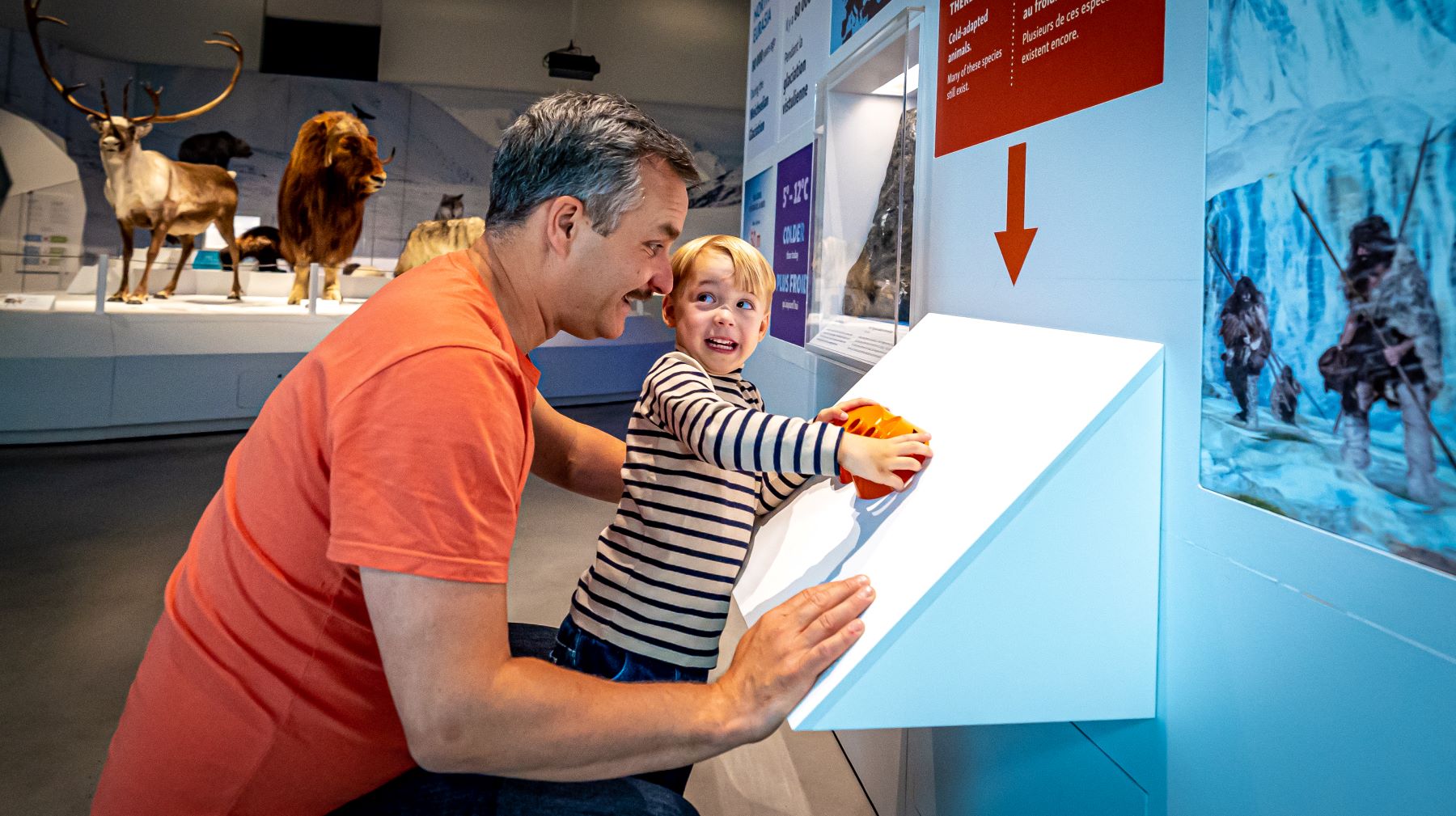
By: Taran Volckhausen
Ice, deceptively simple in its composition, has played a pivotal role in shaping the Earth's history. If you’re curious to learn more about ice and the many ice ages that have helped create today’s landscapes, you’re in luck because the Denver Museum of Nature & Science opens its doors to a frosty blast from the past: the "Mysteries of the Ice Ages” exhibition.
When does ‘Mysteries of the Ice Ages’ open?
Museum members get a sneak peek on Oct. 19. Our wider community can join the adventure on Oct. 20. Entrance into the temporary exhibition is included with your Museum membership or general admission entry! The exhibition content is written in English and French; the Museum has made an in-house Spanish audio guide.
From the majestic woolly mammoths and powerful American lions to the intriguing tools and trinkets of ancient humans, the exhibition promises a wonderland of discovery. Inside, you’ll discover hundreds of artifacts and fossils, models and interactive multimedia experiences that bring the ice ages to life. We hope to see you down here at the Denver Museum of Nature & Science for the “Mysteries of the Ice Ages.”
Here is a taste of the fascinating things you can learn about ice and the role it has played in Earth’s history:
We’re Currently Living in an Ice Age!
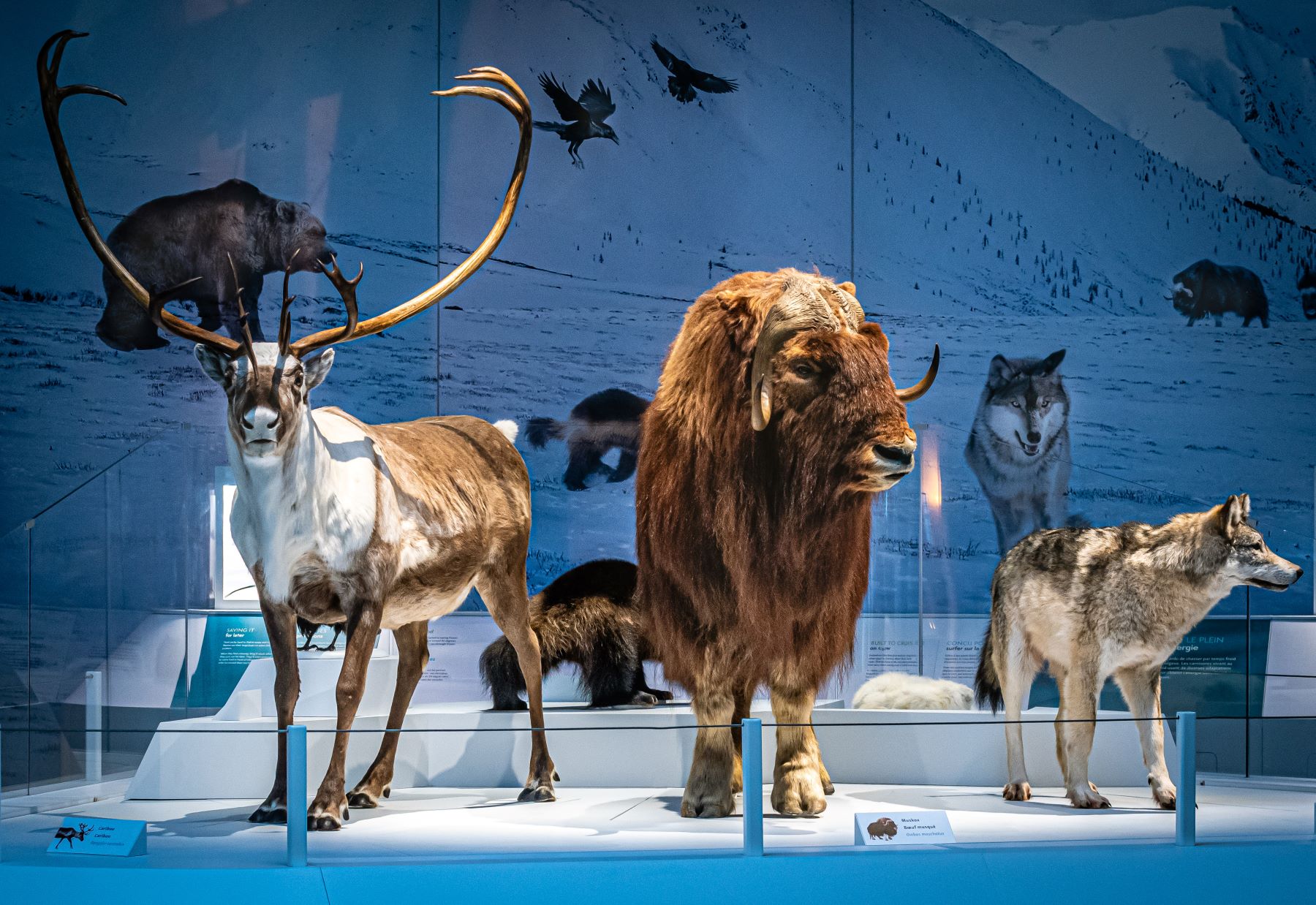
Mammal specimens displayed in "Mysteries of the Ice Ages" exhibition, opening in Denver for the general public on Oct. 20. (Photo/Martin Lipman)
For as long as humans have roamed the Earth, we've been living in an ice age. Right now, we’re living in the Quaternary Ice Age, which began roughly 2.6 million years ago. If there’s ice at both poles year-round, Earth is in an ice age. Earth has experienced various degrees of cold and ice for billions of years. They have shaped our landscapes, created ecosystems for a vast array of species and moderated our climates. Modern humans have never lived on a planet without ice. Cold and ice are vital to life as we know it.
Did you know that we have a National Ice Core Laboratory, located in Lakewood, Colorado, with a 55,000 cubic foot freezer that stores nearly 14 miles of ice core collected from various locations in Antarctica, Greenland and North America? Paleoclimatologists use these ice cores to find what our planet was like hundreds of thousands of years ago!
More Than Just Frozen Water!
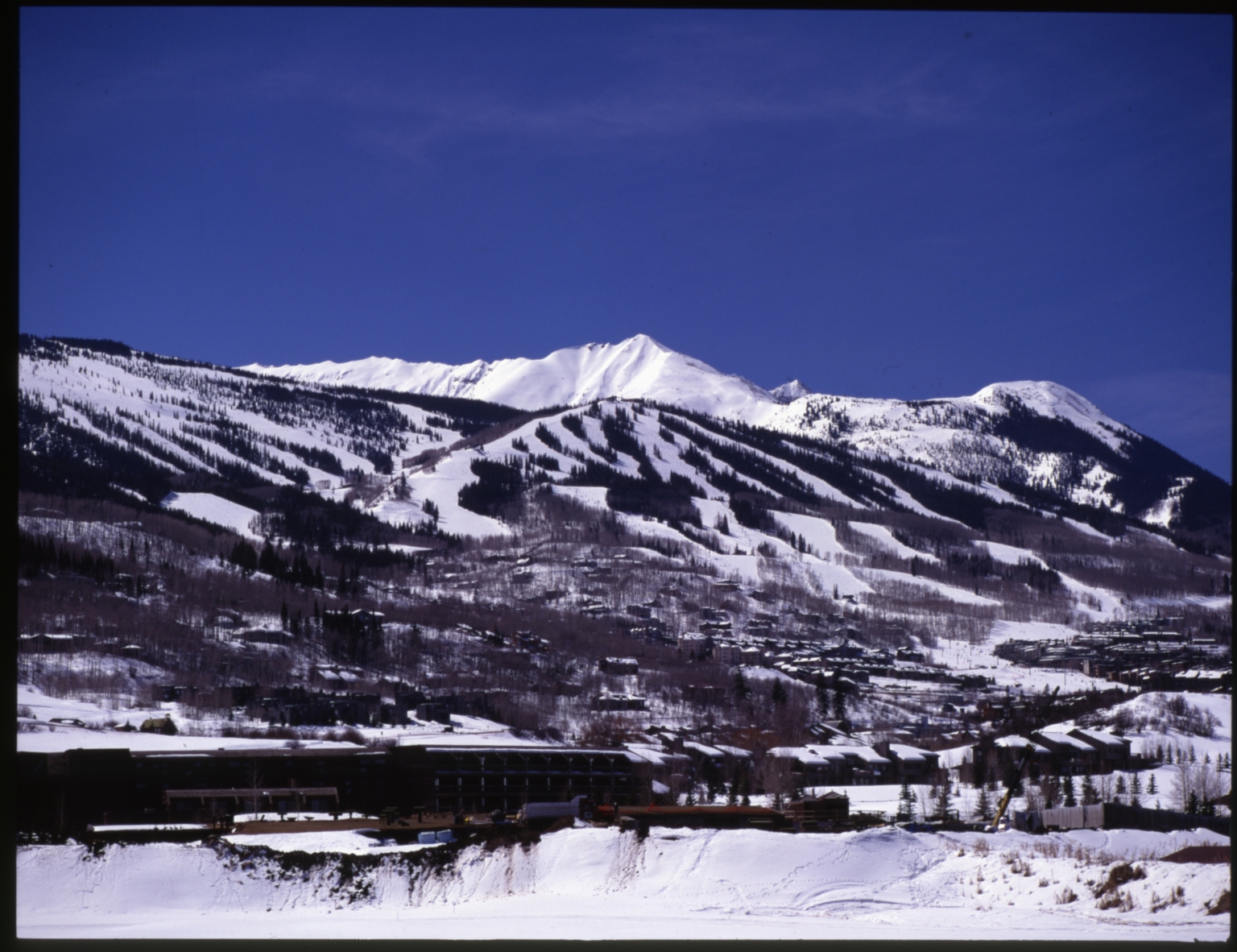
Winter scenery at Snowmass Village in Pitkin County, Colorado. (Photo/ Daniel Steelman)
Ice isn't just about snowball fights or that chilling touch on a winter morning. It plays a crucial role in influencing the climate, sculpting landscapes and even supporting entire ecosystems. From the vast polar ice caps to the snowy peaks of mountain ranges, ice's reach is expansive and influential.
For example, the melting and freezing cycles of ice caps and glaciers help distribute Earth's freshwater. This icy dance plays an instrumental role in our water supply, which in turn impacts everything from the crops we grow to the energy we produce.
The two largest ice sheets are the Antarctic and Greenland Ice Sheets and combined they contain over 68% of the fresh water on Earth. If these ice sheets completely melted, sea level would rise about 225 feet!
A Cradle of Life
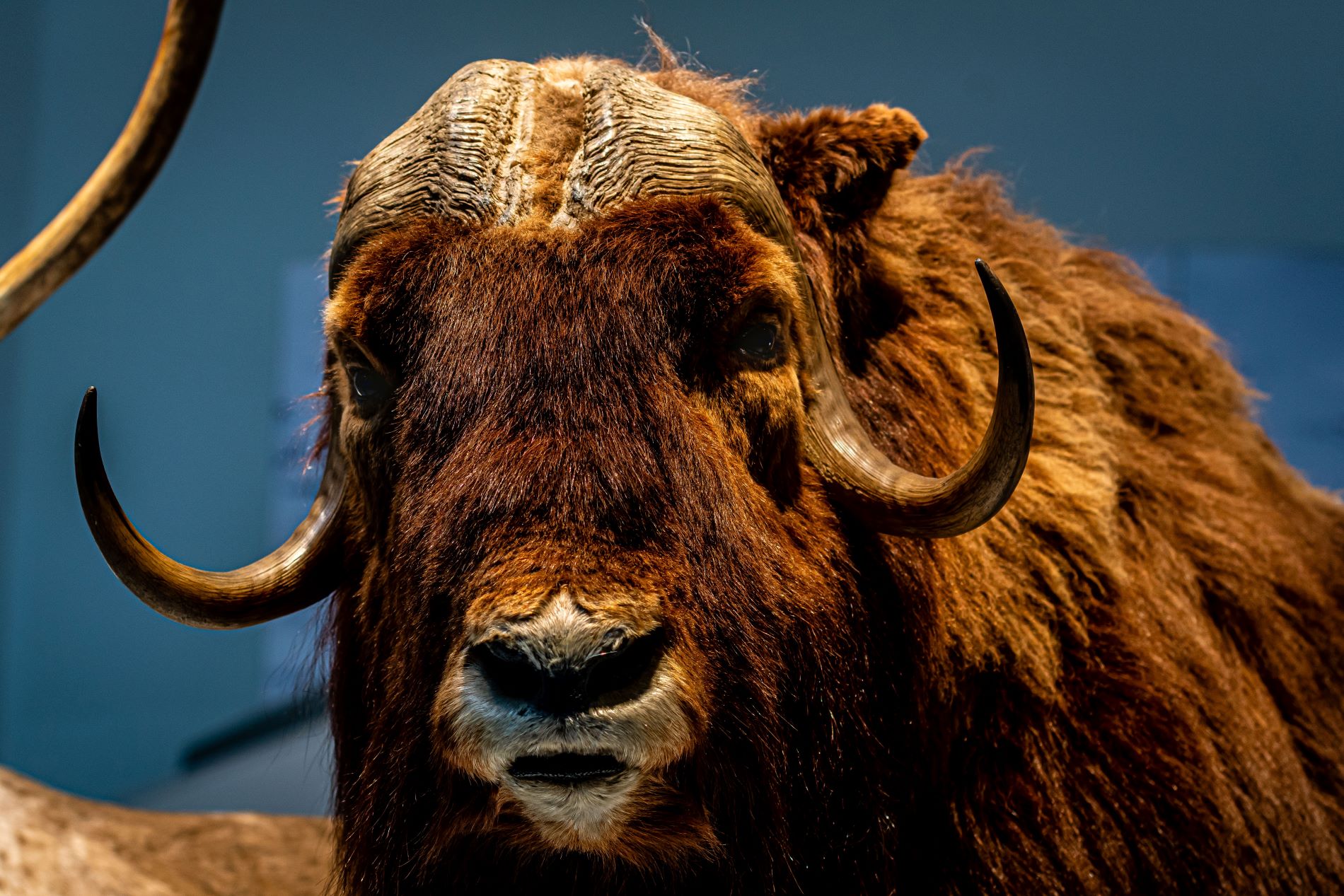
Many species have not just adapted but have evolved specifically to thrive in icy environments. (Photo/ Martin Lipman)
While to us humans, large expanses of ice might seem inhospitable, the edges of the ice sheets are teeming with life. Many species have not just adapted but have evolved specifically to thrive in icy environments. Polar bears in the Arctic, penguins in Antarctica and various species of seals and whales have all uniquely adapted to life in and around the ice. These species rely on the ice for their survival, using it as hunting grounds, breeding sites and shelter.
Related link: Watch “Antarctica” at the Denver Museum of Nature & Science’s Infinity Theater.
Many animals have adapted to living in a frozen landscape – woolly mammoths had up to a one-inch fur coat, as well as nearly four inches of insulating fat!
Icy Influence on Human Civilization
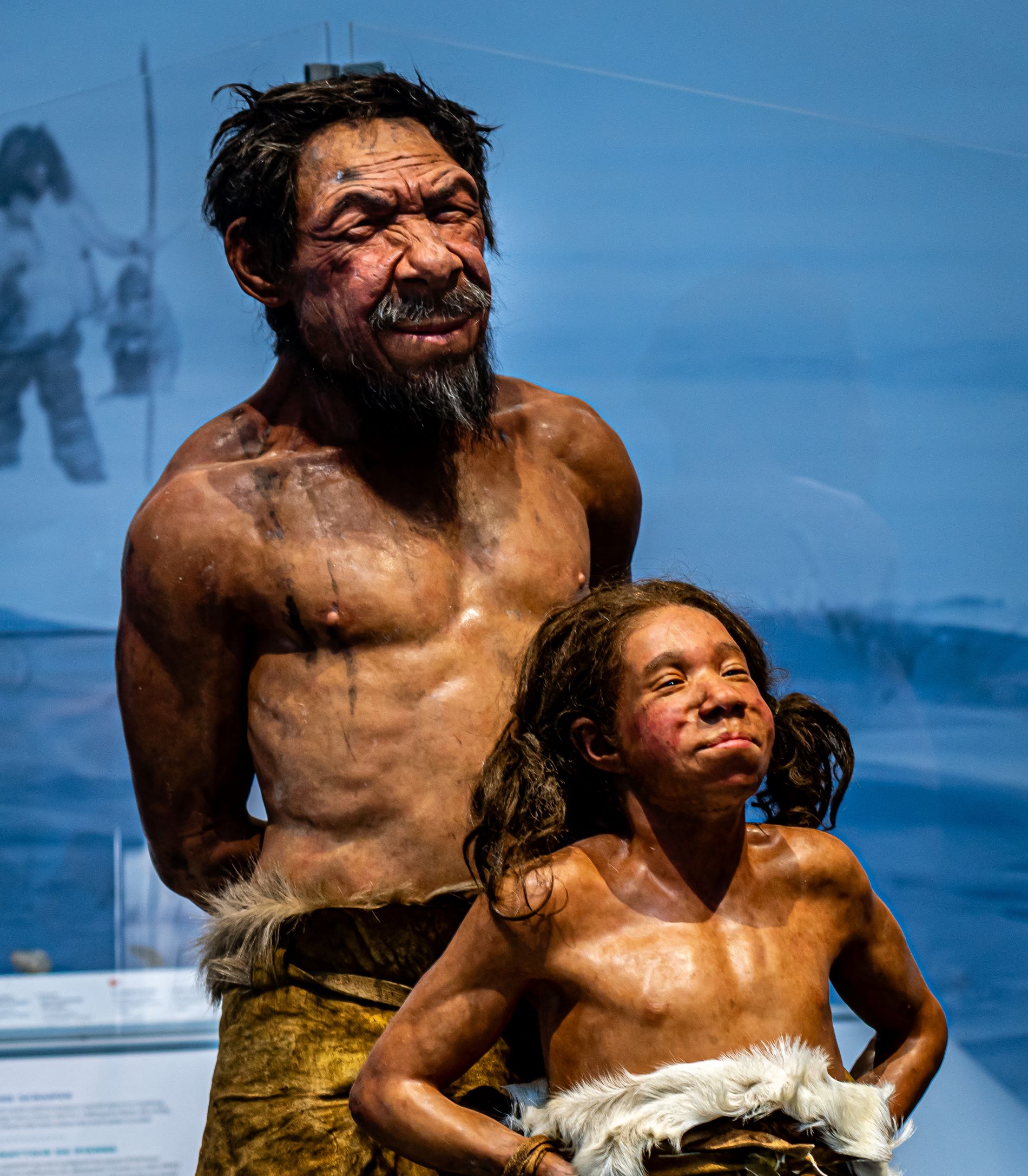
Myths and cultural significance tied to ice in indigenous and local cultures around the world is immeasurable. (Photo/ Martin Lipman)
Ice also has a profound impact on our global economy – in Colorado alone, the ski industry generates $4.8 billion annually and supports the equivalent of 46,000 full time jobs. Think about the number of other industries that rely on ice, directly or indirectly. Fishing industries in colder regions, winter sports and tourism focused on icy landscapes all contribute billions to global economies. Not to mention, the significance of fresh water from melting ice, essential for agriculture and consumption.
Furthermore, the stories, myths and cultural significance tied to ice in indigenous and local cultures around the world is immeasurable. From Inuit tales of life in the Arctic to alpine legends in the Himalayas, ice has been a muse for human creativity and spirituality.
These days, as natural snow becomes more unpredictable, many resorts are turning to advanced snowmaking machines to keep their resorts open. Here's a little tidbit: the snow these machines produce isn't your typical fluffy white. Instead, they generate tiny beads of ice, ensuring skiable terrains remain consistent. Now, next time you hit a hard patch on the ski slope, remember you’re not just skiing over ice – but rather “ice-novation!”
A Look to the Future
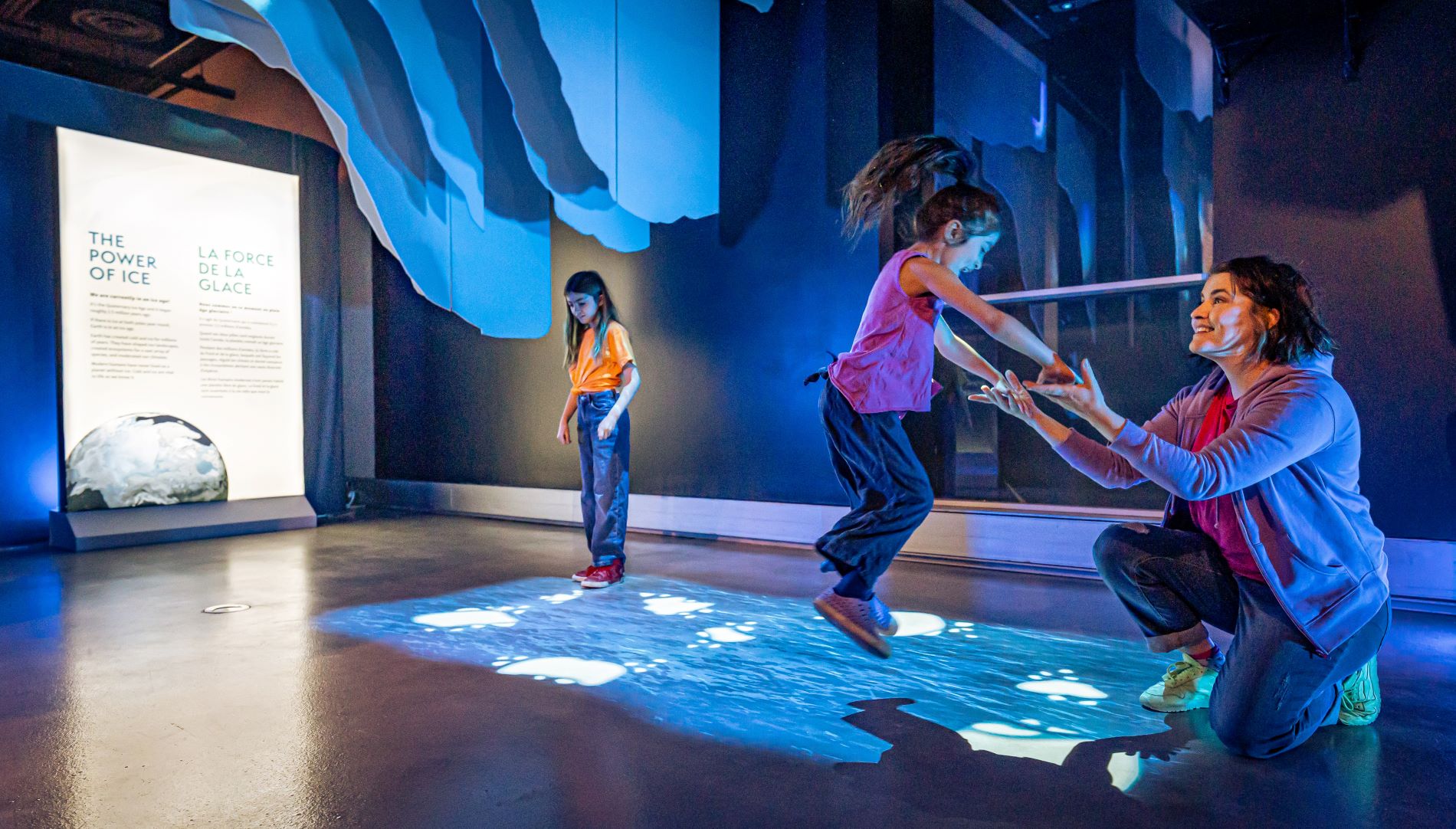
With a rapidly changing climate, understanding and preserving our world's icy regions becomes not just a matter of historical or academic interest but of survival and sustainability. (Photo/ Martin Lipman)
But with global temperatures on the rise, the balance and influence of ice are under threat. Melting ice caps are leading to rising sea levels, and many species adapted to icy environments are facing challenges. As we explore the impact of ice on our lives, it's also crucial to understand our impact on ice. With a rapidly changing climate, understanding and preserving our world's icy regions becomes not just a matter of historical or academic interest but of survival and sustainability.
Beyond rising sea levels, less ice means trouble for animals living in the Arctic and Antarctica. Just last year, thousands of baby penguins didn't make it because the ice broke too soon. Polar bears, in the Arctic, face dire threats as climate change rapidly melts their icy habitats, jeopardizing their survival over the long term. And it's not just polar bears and penguins; countless other species rely on stable ice conditions, and their futures hang in the balance as climate change disrupts these fragile ecosystems.
Lessons from "Mysteries of the Ice Ages"
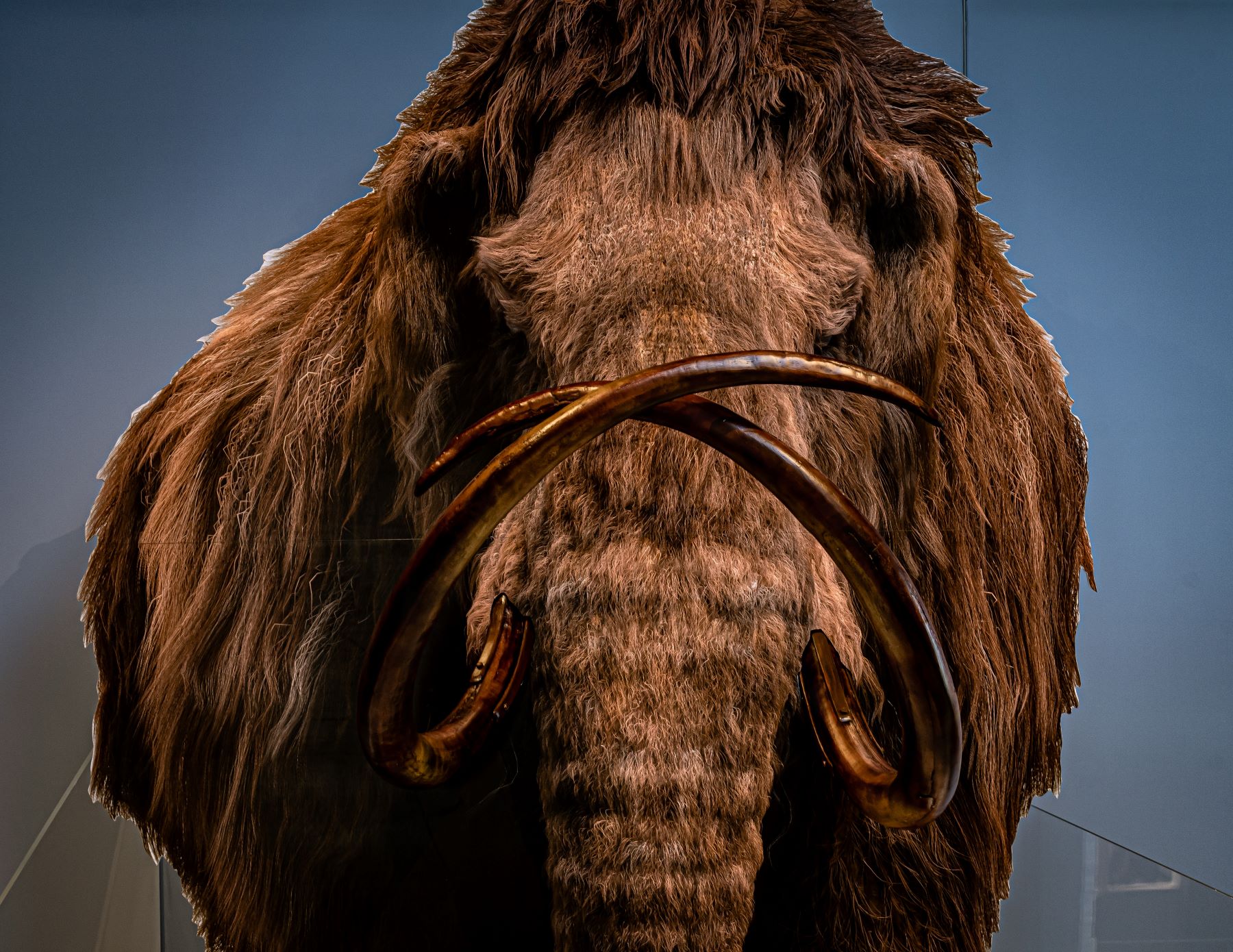
Mammoth in "Mysteries of the Ice Ages." (Photo/Martin Lipman)
The "Mysteries of the Ice Ages" exhibition brings to life the myriad ways in which ice has been a silent architect of our planet's history, from ancient land bridges allowing animals to move into new areas to modern glaciers that carve and create some of the iconic landscapes here in Colorado. It serves as a poignant reminder that while ice may seem static and unchanging, it is dynamic and deeply intertwined with global systems. As we confront the realities of climate change, it's paramount to understand ice's role in this complex puzzle.
The historical lessons of ice also underscore the resilience and adaptability of Earth's ecosystems in the face of massive environmental shifts. With the pace, however, of current human-induced climate change, there's a pressing question: Can ecosystems adapt quickly enough, or are we facing unprecedented ecological upheaval?
Ice, far from being a mere frozen form of water, holds within it the tales of our planet's past and potential hints about its future. By studying and appreciating its role, we not only gain insight into Earth's history but also gather the knowledge necessary to make informed decisions about our environmental trajectory. By shedding light on these frozen tales, "Mysteries of the Ice Ages" exhibition urges us to recognize and respect the delicate balance that sustains our planet.
Watch more: Mysteries of the Ice Ages at the Canadian Museum of Nature
